Blog
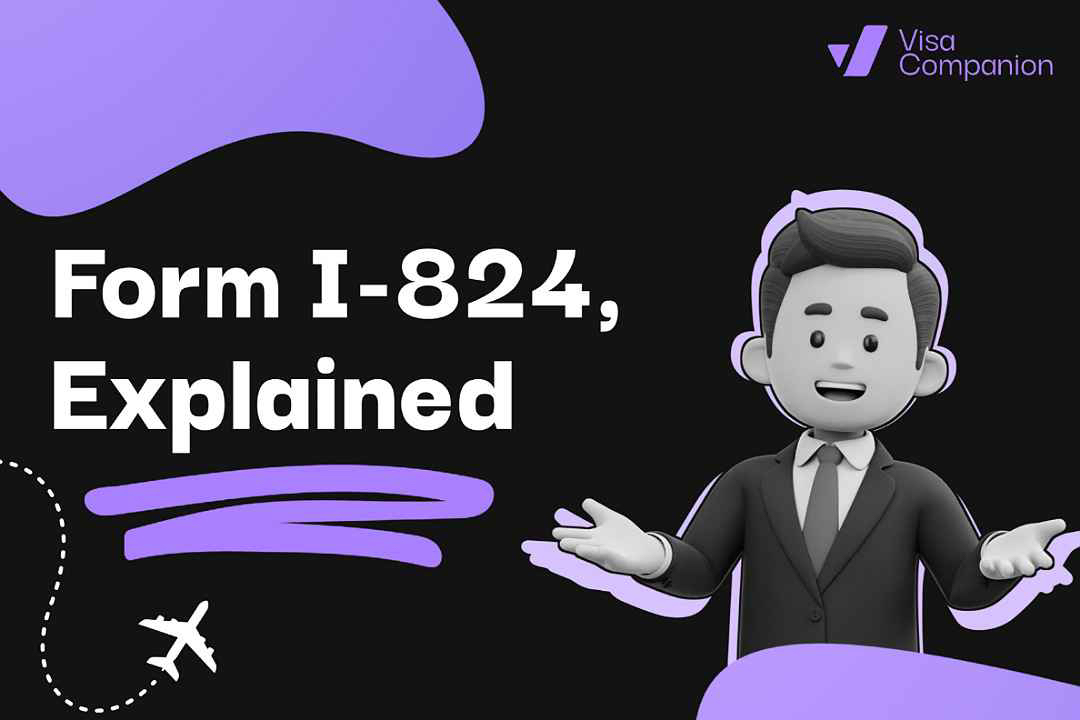
Form I-824, Explained
Oct 28, 2024Form I-824, officially known as the "Application for Action on an Approved Application or Petition," is a form used to request various actions related to approved applications or petitions filed with U.S. Citizenship and Immigration Services (USCIS). Form I-824 is not used to apply for an immigration benefit initially but rather to request actions related to applications or petitions that have already been approved.
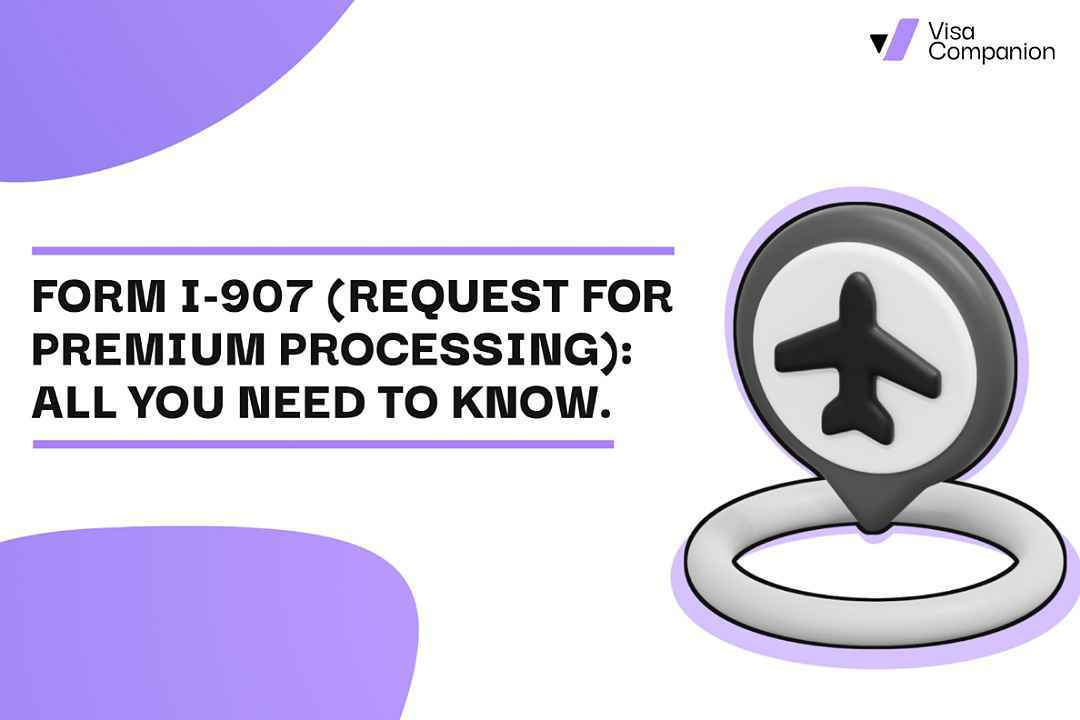
FORM I-907 (REQUEST FOR PREMIUM PROCESSING): ALL YOU NEED TO KNOW.
Oct 25, 2024The step toward permanent residency in the United States often begins with Form I-140, especially for those applying under the EB-1A (Extraordinary Ability) and EB-2 NIW (National Interest Waiver) categories. These categories cater to individuals with extraordinary achievements or those whose work benefits the U.S. on a national level.
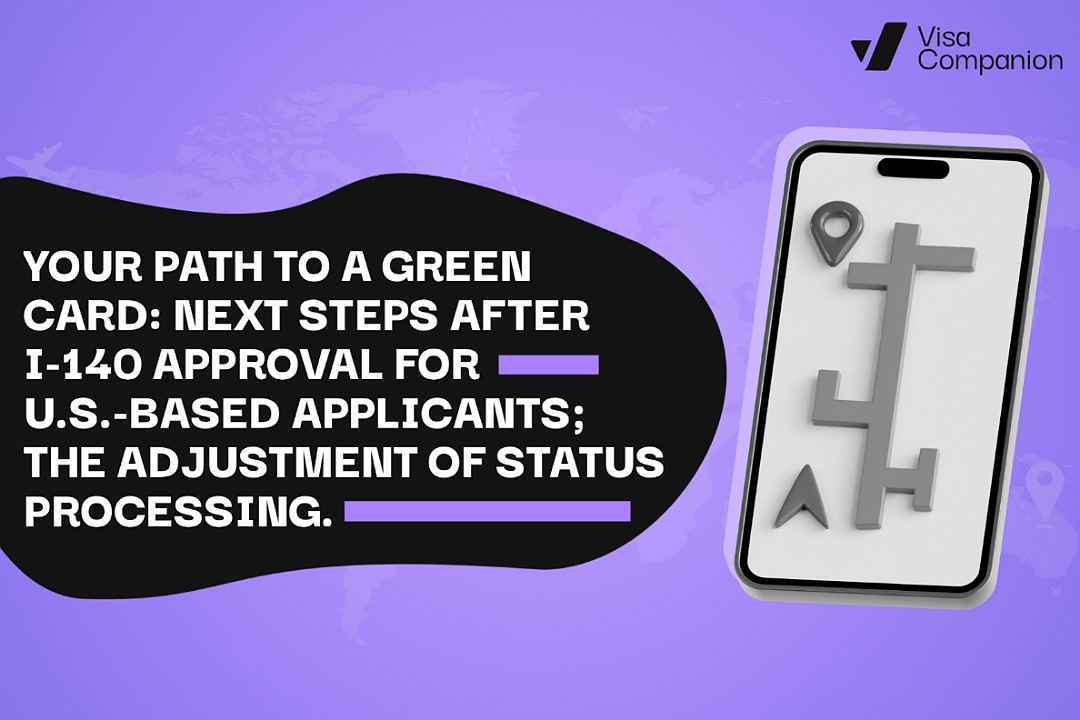
YOUR PATH TO A GREEN CARD: NEXT STEPS AFTER I-140 APPROVAL FOR U.S.-BASED APPLICANTS; THE ADJUSTMENT OF STATUS PROCESSING.
Oct 21, 2024After your I-140 gets approved, the next big step is applying for a Green Card. If you're already in the United States, you can do this through a process called adjustment of status (AOS), which allows you to transition from your current visa to permanent residency without leaving the country.
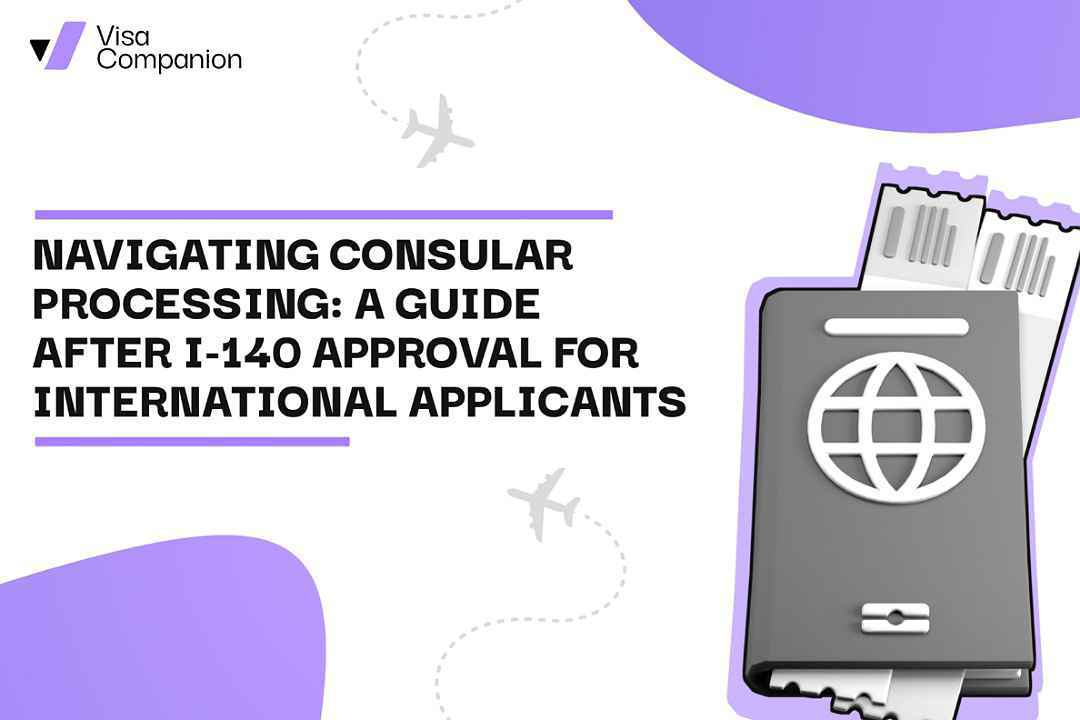
NAVIGATING CONSULAR PROCESSING: A GUIDE AFTER I-140 APPROVAL FOR INTERNATIONAL APPLICANTS
Oct 21, 2024After your I-140 petition is approved, the next crucial step for international applicants leaving outside the US is consular processing, which allows you to apply for your Green Card from outside the United States. This process involves a series of steps, including gathering necessary documents, attending an interview at a U.S. consulate or embassy, and obtaining your immigrant visa. In this guide, we will walk you through each stage of consular processing, ensuring you are well-prepared for this important transition to permanent residency.
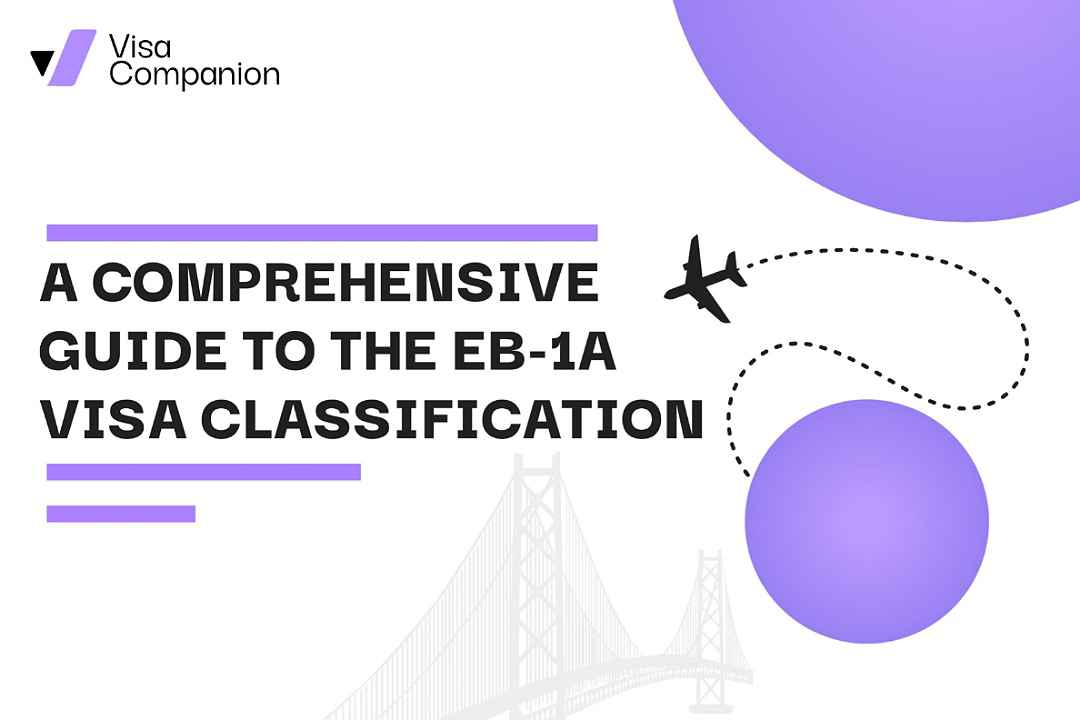
A COMPREHENSIVE GUIDE TO THE EB-1A VISA CLASSIFICATION
Oct 10, 2024At VisaCompanion, we understand the complexities of navigating the U.S. immigration system, especially for high-preference visa categories like the EB-1A. The EB-1A visa is a first-preference employment-based category that allows highly accomplished individuals to live and work in the U.S. This guide provides everything you need to know about the EB-1A visa classification, including eligibility criteria, processing timelines, and strategies for efficient processing.
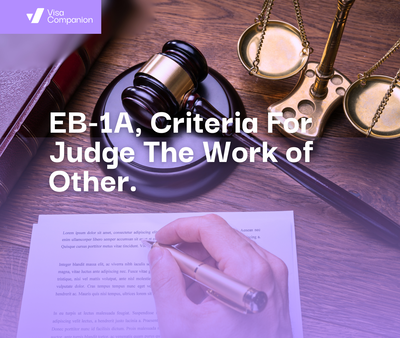
EB-1A - Judging the Work of Others
Sept 29, 2024One important criterion for the EB-1A visa is demonstrating that you have been asked to judge the work of others, either individually or as part of a panel. This post provides insights and tips to help you determine whether you can effectively argue that you meet this fourth criterion of the ten EB-1A criteria.
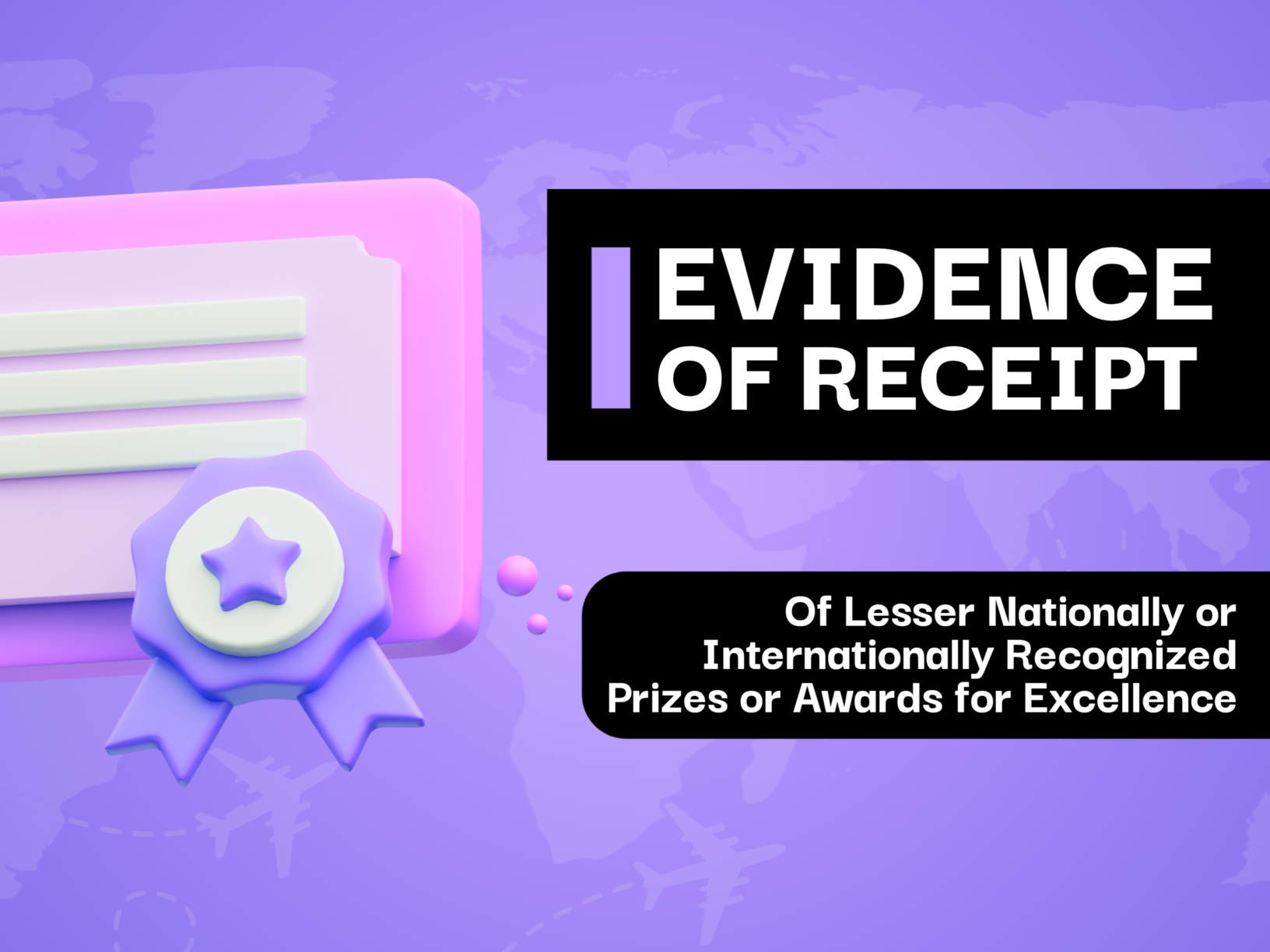
Evidence of Receipt of Lesser Nationally or Internationally Recognized Prizes or Awards for Excellence
Sept 24, 2024The EB-1A visa category is designed for individuals who demonstrate extraordinary ability in their field. One of the key criteria is "evidence of receipt of lesser nationally or internationally recognized prizes or awards for excellence." This does not mean you need to have won a Nobel Prize or an Oscar. It can include awards that, while perhaps less widely known, still signify significant achievements in your industry.
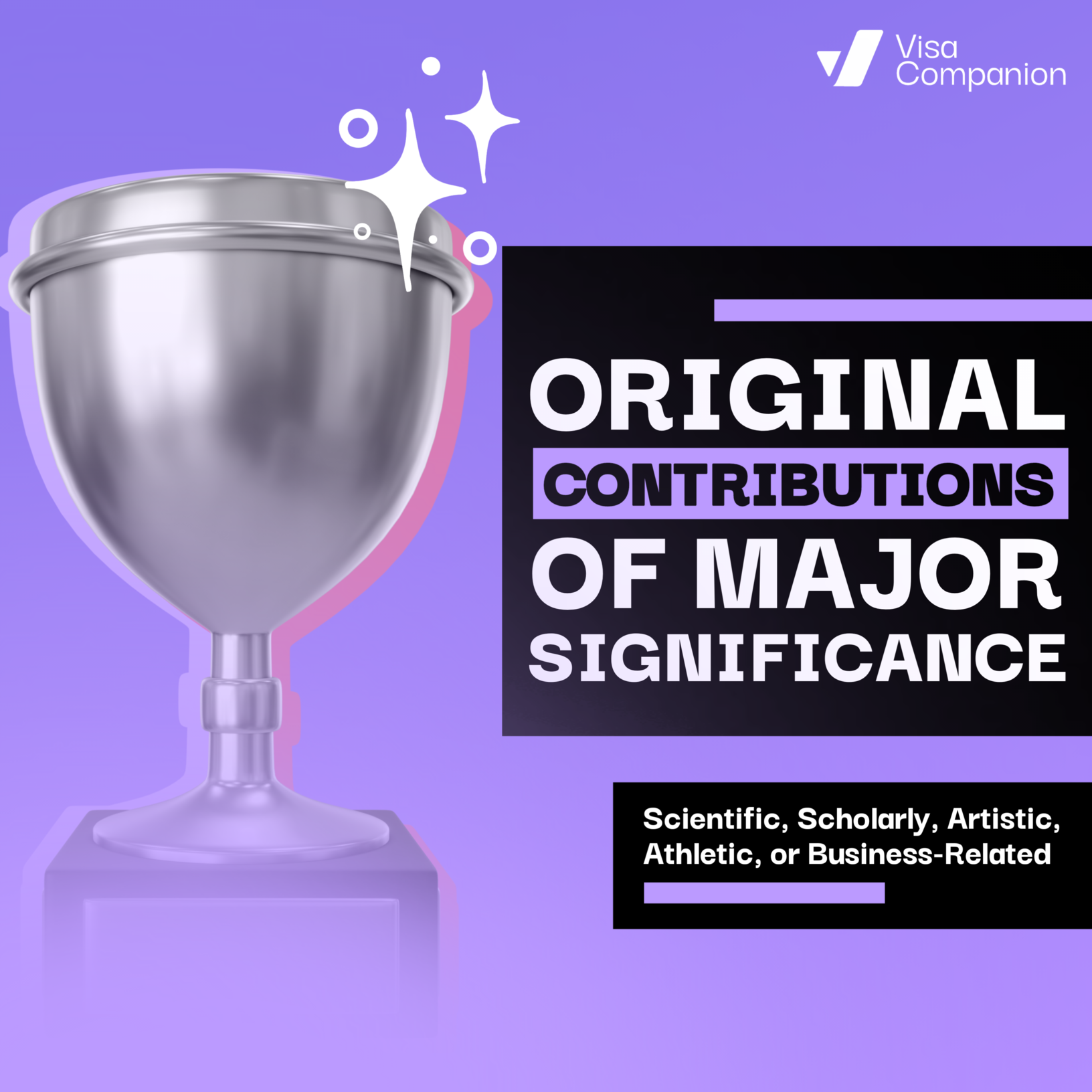
Evidence of Original Scientific, Scholarly, Artistic, Athletic, or Business-Related Contributions of Major Significance to the Field
Sept 24, 2024The EB-1A visa, being a strong visa for extraordinary individuals who demonstrate that they have an extraordinary ability and have achieved sustained national or international acclaim, has the criterion "evidence of original scientific, scholarly, artistic, athletic, or business-related contributions of major significance to the field" to prove the petitioner's strong ability as one of the regulatory criteria.
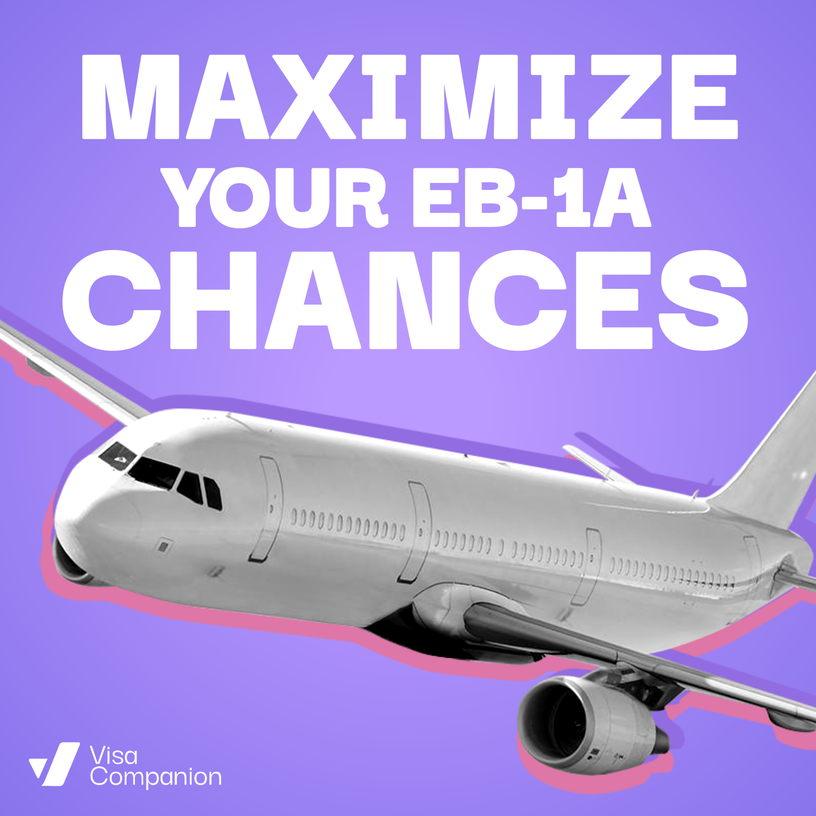
Maximize Your EB-1A Chances: Evaluate Your Memberships
Sept 19, 2024The goal of this post is to help you assess whether you can argue that you meet the second of the ten EB-1A criteria: holding a membership in an association that demands outstanding achievement from its members.
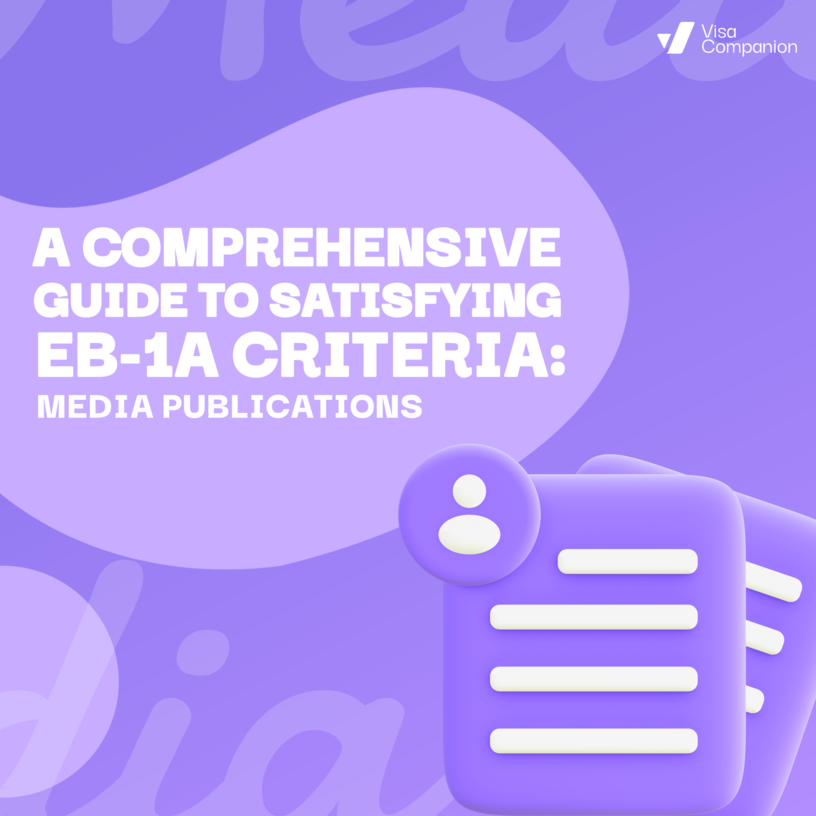
A COMPREHENSIVE GUIDE TO SATISFYING EB-1A CRITERIA: MEDIA PUBLICATIONS
Sept 11, 2024The EB-1A visa classification is reserved for individuals with extraordinary ability in their field. To qualify, petitioners must provide evidence of recognition in their area of expertise. Among the criteria for establishing extraordinary ability, a significant requirement is the media publication about the applicant.
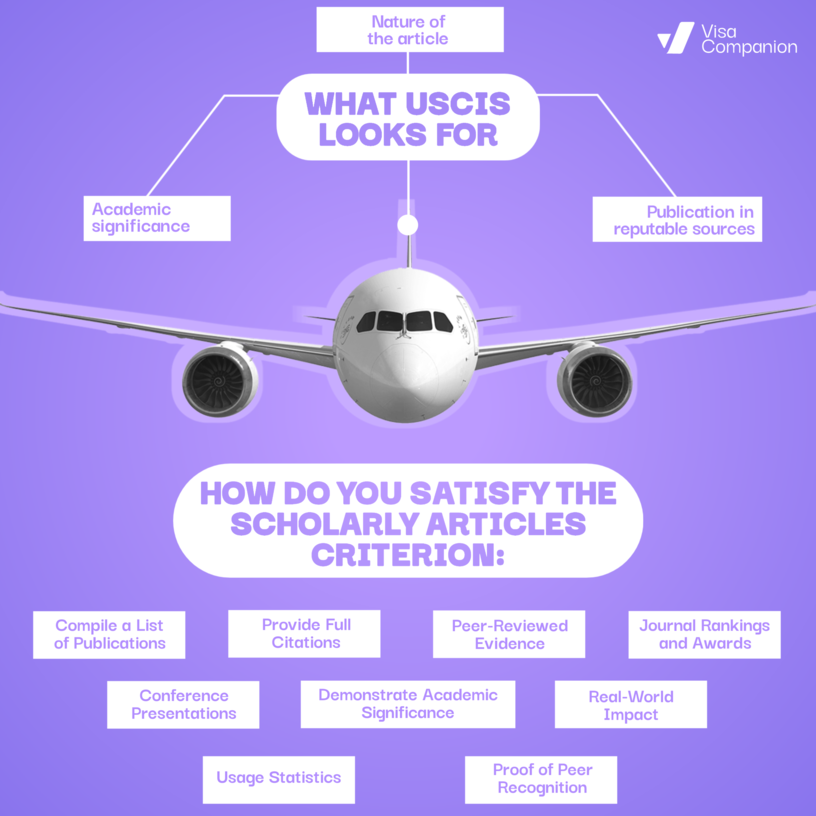
EB-1A CRITERION: AUTHORSHIP OF SCHOLARLY ARTICLES IN THE FIELD, IN PROFESSIONAL OR MAJOR TRADE PUBLICATIONS.
Sept 11, 2024The Scholarly Articles criterion requires the applicant to demonstrate that they have authored academic works that have made significant contributions to their field. USCIS will evaluate the quality, credibility, and impact of these publications to determine if they meet the extraordinary ability threshold.

EB1A: Are You a Leader in Your Field?
Sept 09, 2024Understanding whether you qualify for the EB-1A visa can be challenging, particularly when assessing if you have played a leading or critical role in a distinguished organization. This blog post aims to provide you with clear tools and insights to help evaluate and demonstrate your eligibility under this specific criterion, ensuring you present a compelling case to USCIS adjudicators.
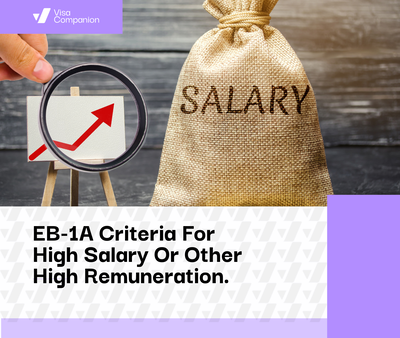
Evaluating Your High Salary or Other Significantly High Remuneration
Sept 09, 2024If you’re considering applying for an EB1A visa, which is designated for individuals with extraordinary abilities, you might be wondering how high salary or other significant remuneration plays a role in your application. Understanding how to leverage your financial success can be pivotal in meeting the EB1A criteria. To satisfy the 9th of the 10 EB-1A criteria, you must demonstrate that you command a high salary or other significantly high remuneration compared to others in your field. This blog post provides tools to help you evaluate whether you can make a strong case for meeting this criterion.
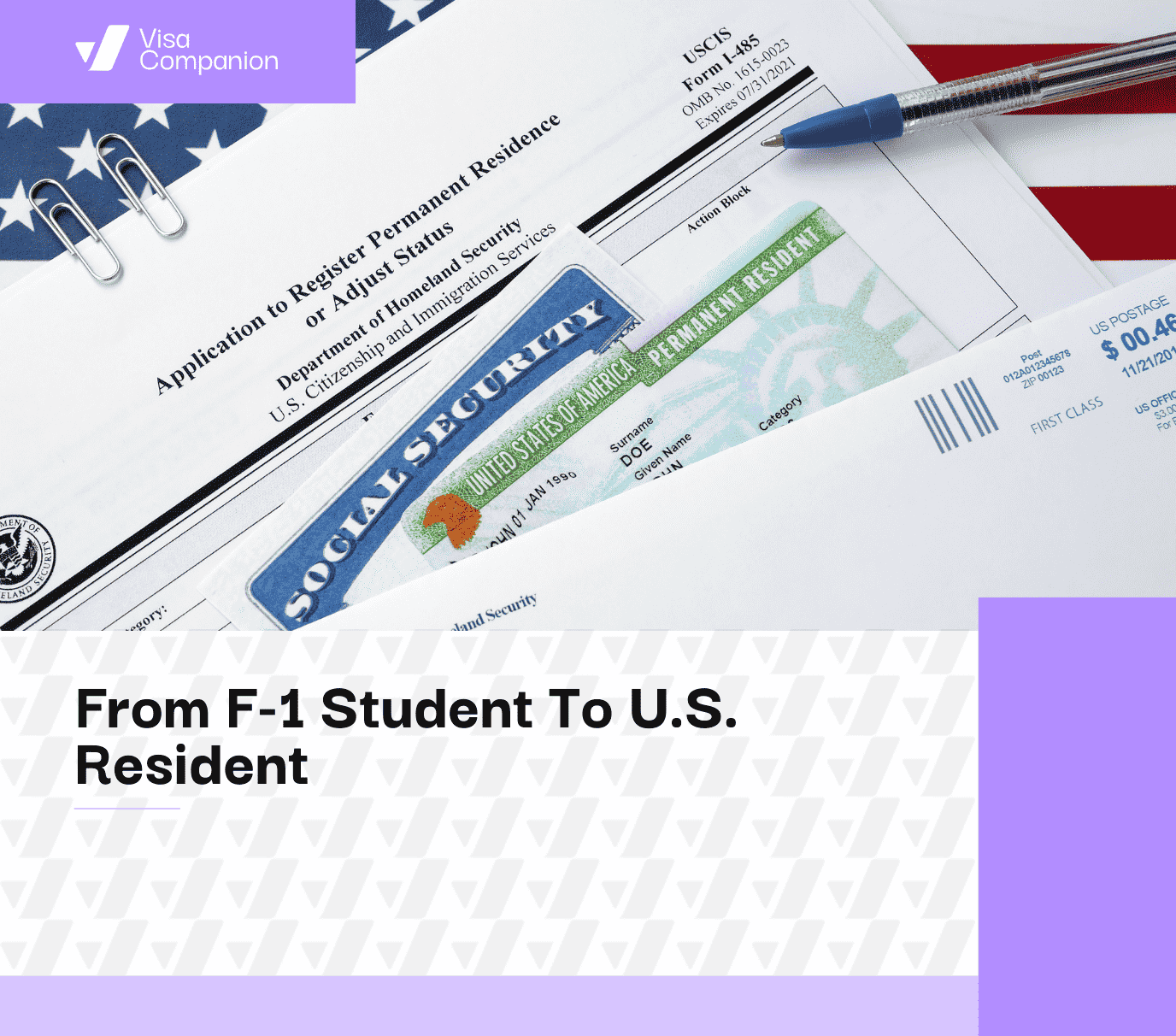
F1 student visa as an immigration pathway to the USA
April 26, 2024The allure of a U.S. education is undeniable. But for many international students, the dream goes beyond the classroom. The F-1 visa, while meant for full-time study, can be a stepping stone to permanent residency in the United States. Let's explore how an F-1 visa can be the first chapter in your American immigration journey.
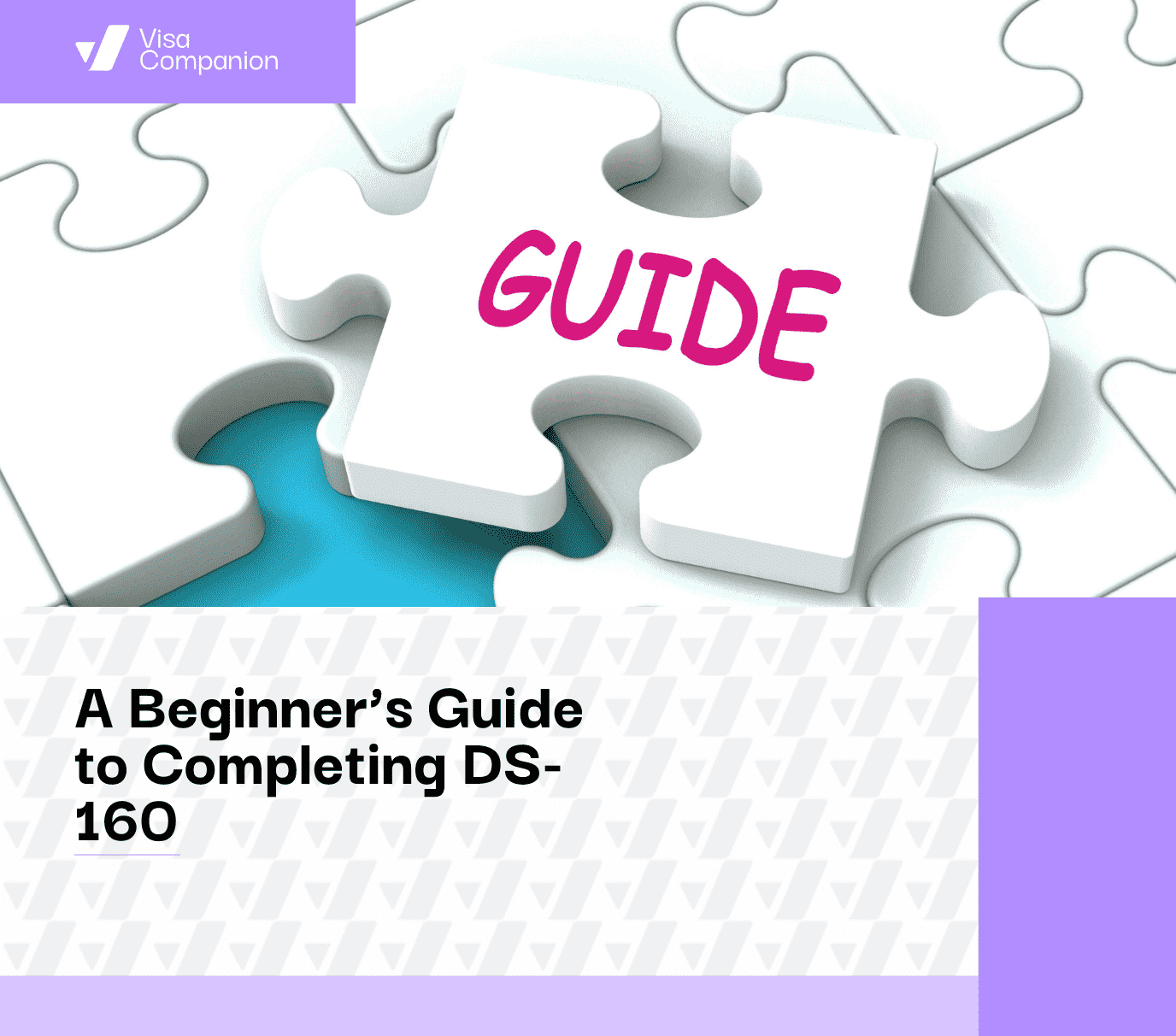
A Beginner’s Guide to Completing DS-160
April 26, 2024Whether you're planning a vacation, studying, or working stateside, the DS-160 is one of the most critical elements of your visa application. This online application is the foundation for your non-immigrant visa application, covering tourist, business, work exchange, and student visas. At the same time, it may seem daunting initially, but fear not! This guide will equip you with the knowledge to navigate the DS-160 with confidence.

How Long Does It Take to Get a Green Card in the USA? A Path-by-Path Breakdown
April 26, 2024Dreaming of life in the Land of Opportunity? Immigrating to the United States opens doors to a vibrant culture, exciting possibilities, and a place to call home. But before you pack your bags, you're likely wondering: how long it takes to get permanent residency (a Green Card) in the USA?

Form I-140, Explained
April 26, 2024Form I-140, “Immigrant Petition for Alien Worker,” is an immigration form filed by employers in the United States to petition for the employment-based immigration of foreign workers.

Marriage-Based Green Card: Your Path to Living the American Dream with Your Spouse
April 26, 2024Imagine a future where you and your spouse can build a life together in the United States. A marriage-based green card can turn that dream into reality. It allows the foreign-born spouse of a U.S. citizen or lawful permanent resident to obtain permanent residency in the U.S.
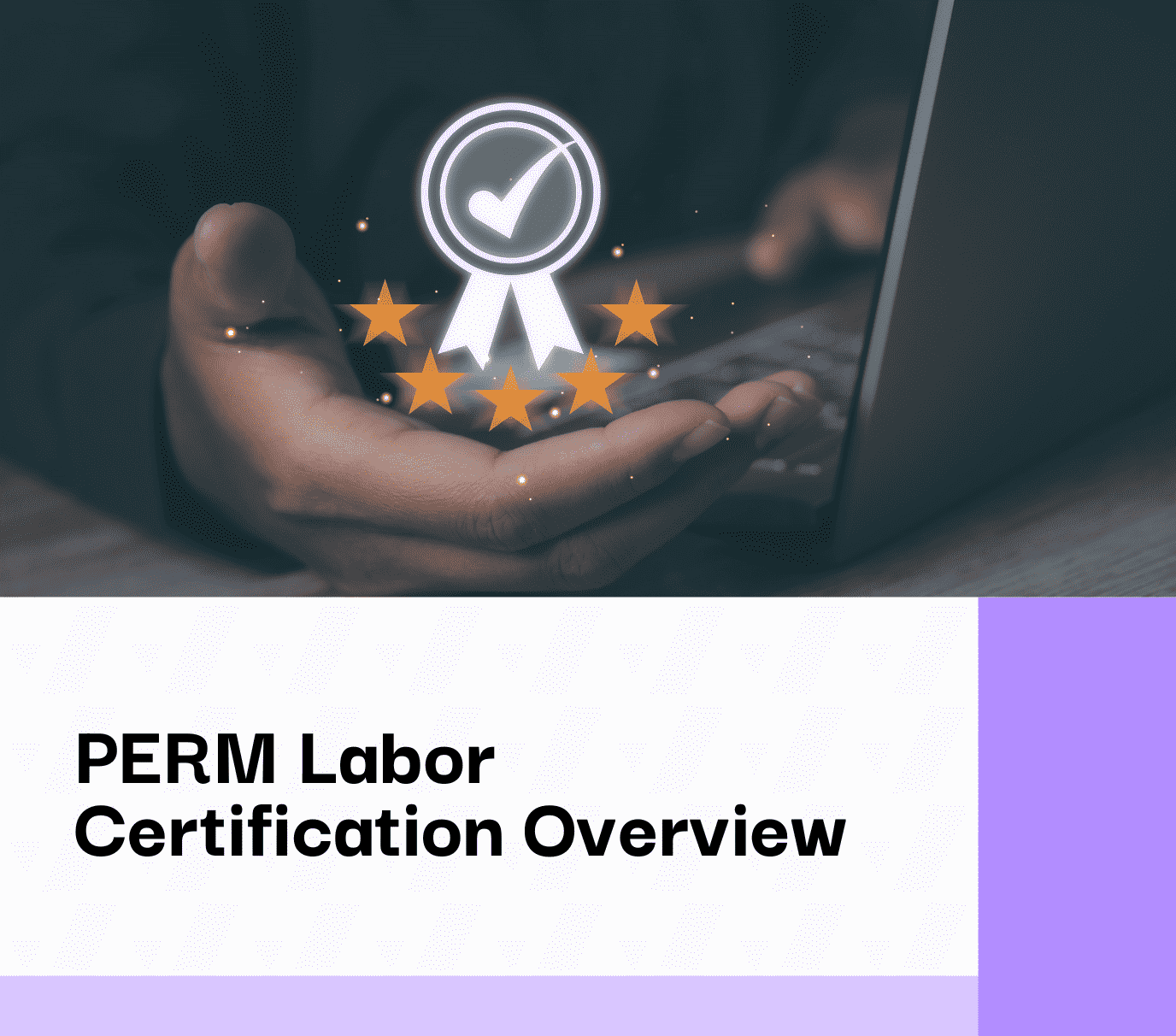
PERM Labor Certification Explained for Employers Sponsoring Foreign Workers
April 26, 2024The PERM (Program Electronic Review Management) labor certification is a critical first step for many U.S. employers seeking to sponsor foreign workers for permanent residency in the United States. This program, overseen by the U.S. Department of Labor (DOL), helps ensure that qualified U.S. workers are noticed when a job opportunity is offered to a foreign national.
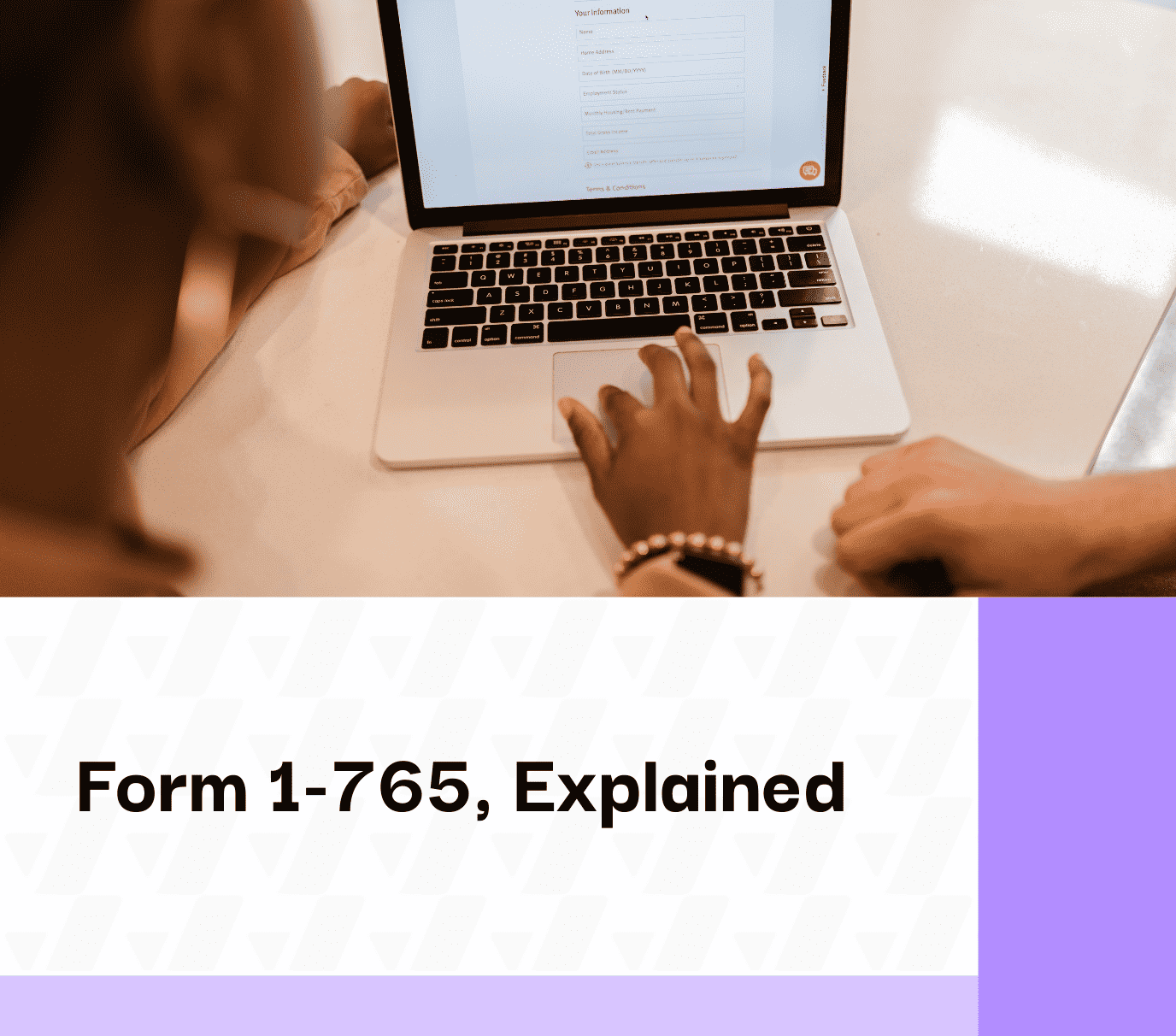
Form I-765, Explained
April 26, 2024Form I-765, officially called the "Application for Employment Authorization," is used by foreign nationals to apply for permission to work legally in the United States. This permission is granted in the form of an Employment Authorization Document (EAD), also known as a work permit.

Empowering Your Immigration Journey with Expert Guidance
April 2, 2024Imagine the thrill of a new life in the US. It could be a groundbreaking research opportunity at a prestigious university, reuniting with family you haven't seen in years, or the chance to build a life in a dynamic, multicultural society. But before you celebrate with that celebratory American apple pie, the intimidating world of immigration laws looms. Complex legalese, unfamiliar processes with ever-changing deadlines, and the constant worry of rejection – enough to turn anyone's dream into a stressful mess.
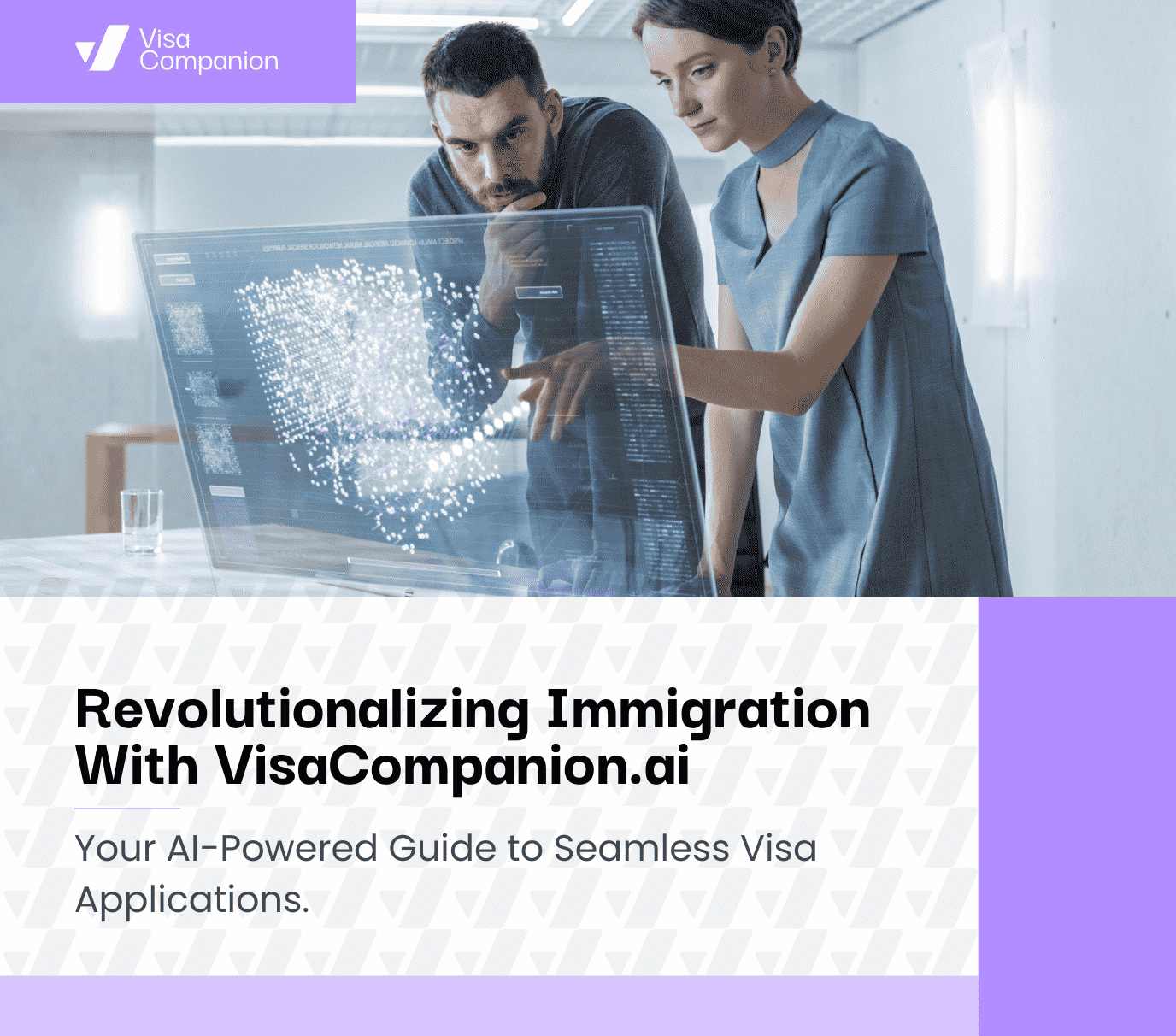
Revolutionizing Immigration with VisaCompanion.ai
April 2, 2024In today's interconnected world, the desire to explore new opportunities, pursue higher education or simply seek a better life often involves navigating the complexities of immigration procedures. From deciphering eligibility criteria to preparing countless documents, the visa application process can be daunting and overwhelming.

Navigating EB2-NIW and EB-1A Visa Timelines: Strategies for Efficient Processing
June 2, 2023Understanding the processing times for EB2-NIW (National Interest Waiver) and EB-1A (Extraordinary Ability) visas is crucial for applicants aspiring to obtain these U.S. employment-based preference visas.
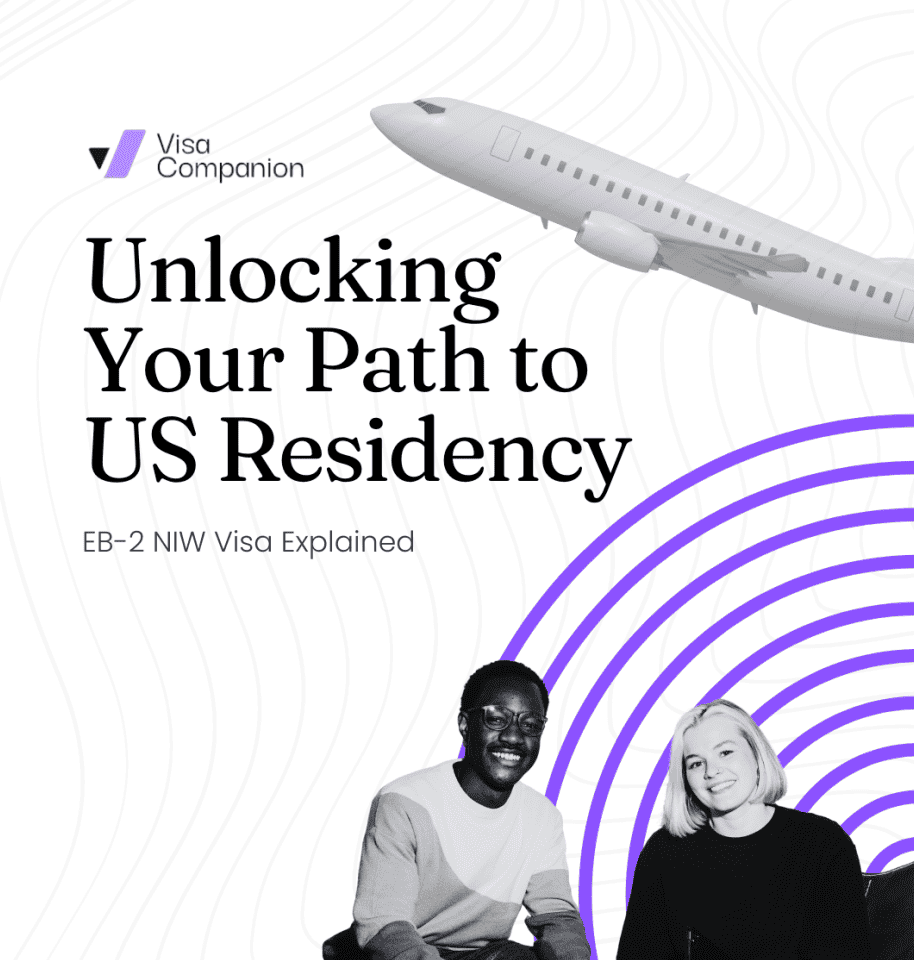
EXPLORE THE PATHWAYS TO U.S. RESIDENCY: UNDERSTANDING THE EB-2 NIW VISA
April 22, 2023The EB-2 visa is one of the most sought-after visa classifications in the U.S. employment-based immigration system. Designed for individuals with advanced degrees or exceptional abilities in their field, this visa provides a pathway to permanent residency (Green Card) in the U.S. In particular, the EB-2 National Interest Waiver (NIW) stands out because it allows qualified individuals to bypass the need for employer sponsorship and labor certification. In this blog, we’ll focus on the EB-2 NIW visa classification—what it is, how to qualify, and the steps to apply. Whether you’re a scientist, entrepreneur, or professional with expertise in a critical field, this guide will provide the comprehensive information you need.
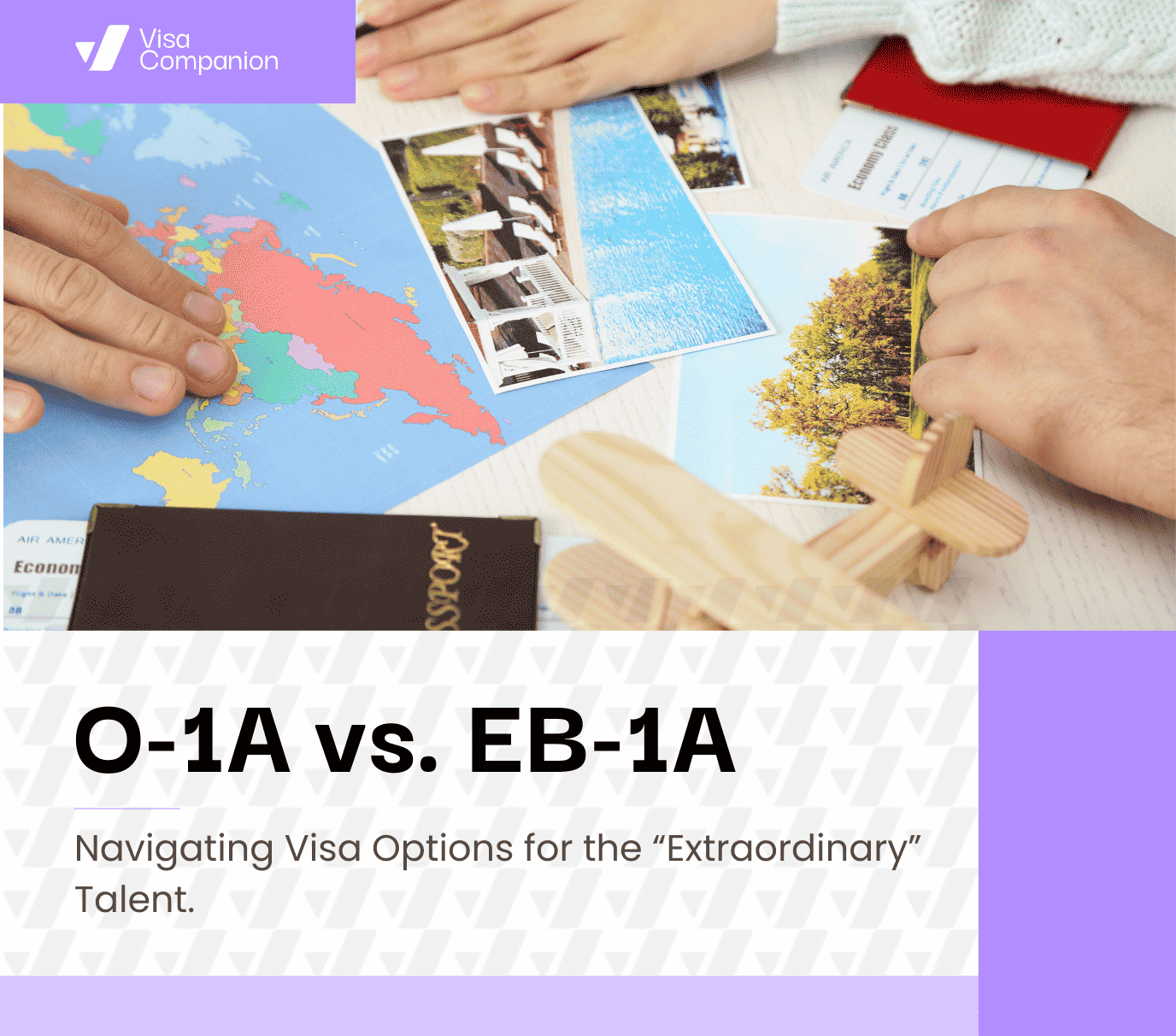
O-1A vs. EB-1A: Navigating Visa Options for the "Extraordinary" Talent
April 22, 2023Explore the differences between the O-1A and EB-1A visas for talented individuals immigrating to the US. Learn about the temporary, sponsored O-1A visa versus the permanent, self-petitioning EB-1A option. Gain clarity on which visa aligns best with your goals.